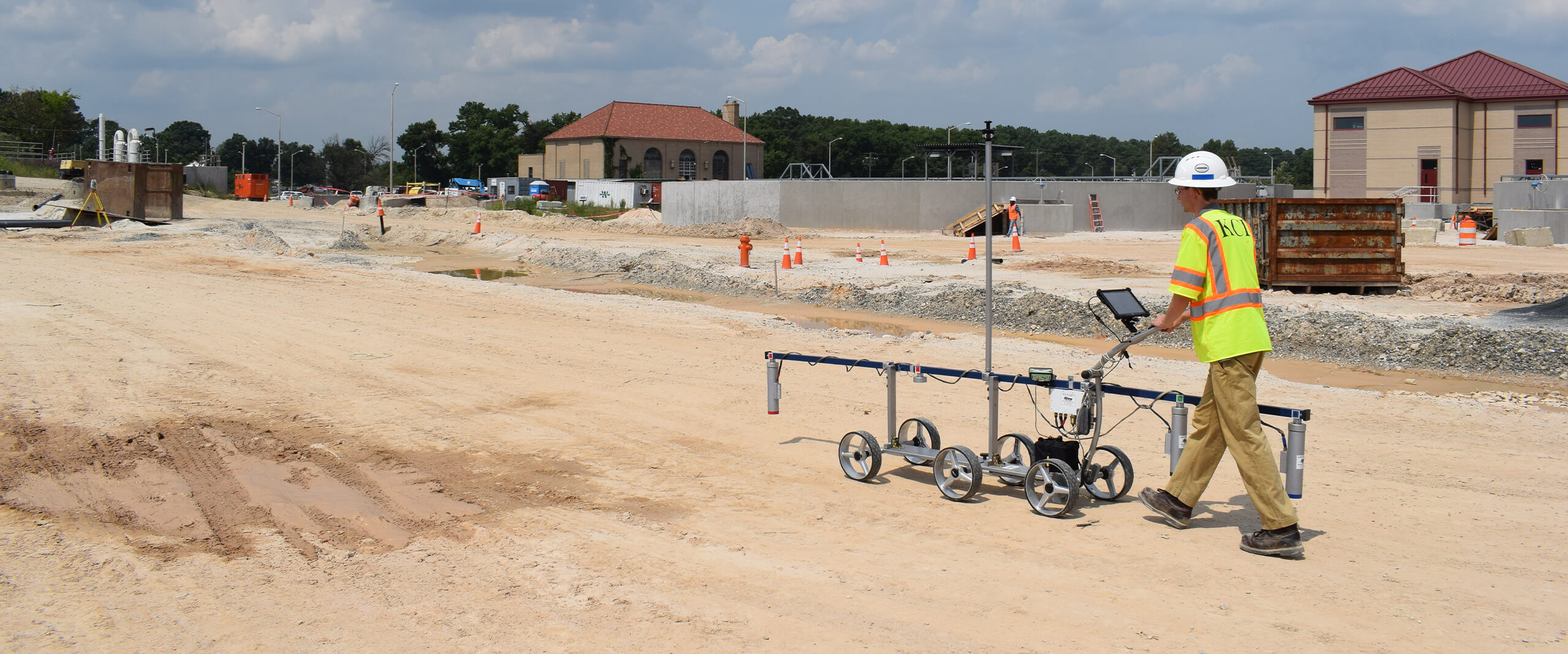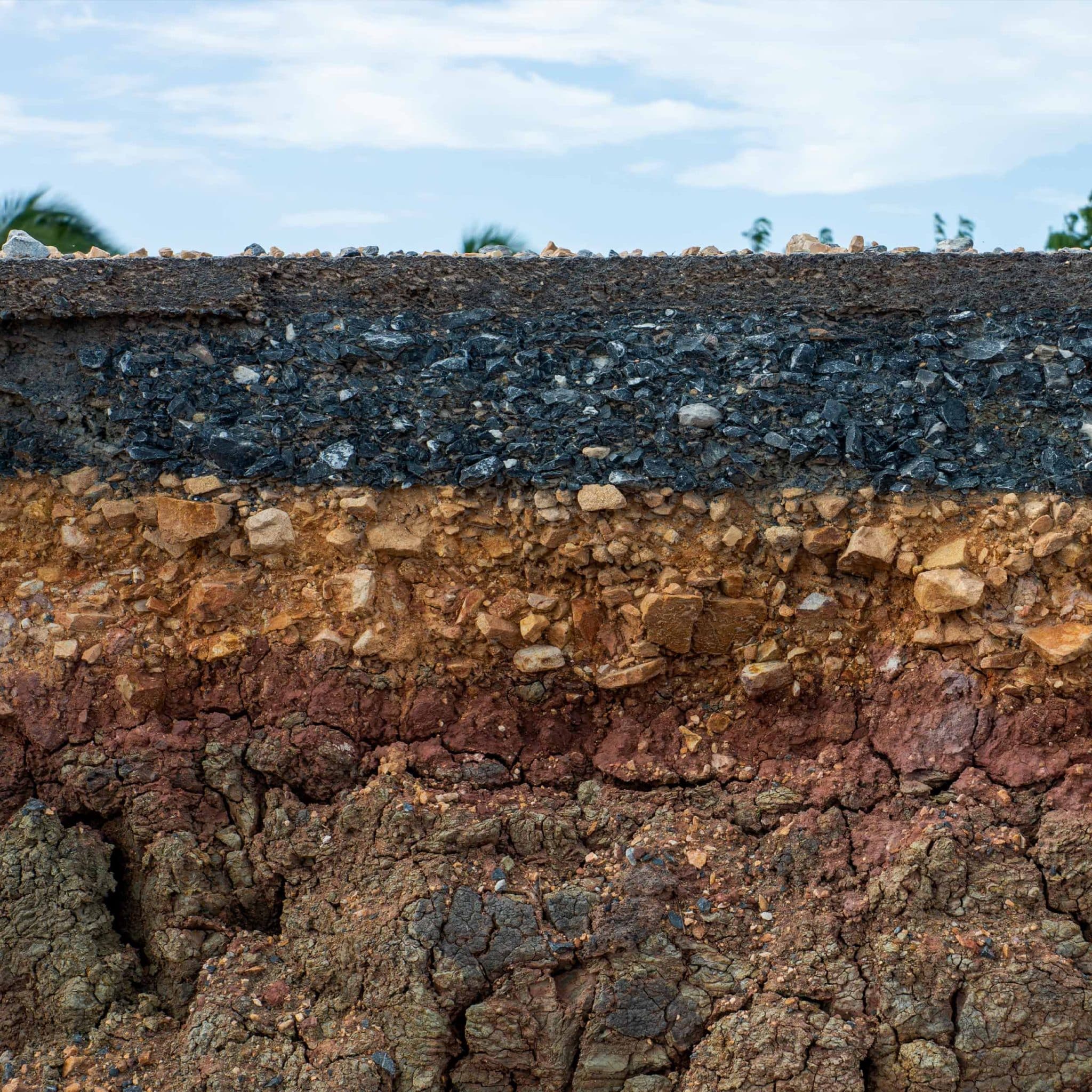Leading Geotechnical Companies in South Africa: Who You Must Know
Leading Geotechnical Companies in South Africa: Who You Must Know
Blog Article
The Value of Geotechnical Engineering in Attending To Environmental Challenges and Enhancing Building Safety And Security
Geotechnical engineering functions as a keystone in the intersection of ecological stewardship and building safety and security, supplying crucial insights into the behavior of dirt and rock under numerous problems. This discipline not just addresses pushing ecological challenges such as soil erosion and groundwater protection however additionally improves the robustness of framework versus all-natural threats. By implementing tactical website examinations and tailored reduction actions, geotechnical designers play a crucial function in guarding both human lives and ecological stability. The intricacies of these difficulties elevate crucial inquiries regarding the future direction of this field and its ramifications for sustainable advancement.

Role of Geotechnical Design
Geotechnical engineering plays a vital role in the design and building of infrastructure by resolving the actions of soil and rock materials under different problems. This field of design is important for understanding the communication between structures and the ground, that includes establishing the load-bearing capability of soil, evaluating security, and forecasting prospective settlement or failure.
Geotechnical engineers are accountable for performing website investigations, which include tasting and screening dirt and rock to collect information on their chemical and physical residential properties. This info is crucial for creating structures, keeping walls, and various other earth-retaining frameworks that guarantee safety and longevity. Geotechnical design notifies the choice of proper construction methods and products, consequently reducing dangers associated with soil actions.
Additionally, the assimilation of geotechnical design concepts into urban planning and environmental administration is critical for addressing challenges such as ground contamination and groundwater monitoring. By understanding geotechnical elements, designers can establish lasting remedies that boost the resilience of framework against all-natural threats, while additionally advertising environmental stewardship. Eventually, the function of geotechnical design is essential for attaining safe, durable, and ecologically conscious building practices.
Dirt Erosion Mitigation
Soil erosion postures a substantial threat to both ecological security and framework integrity, influencing roughly 24 billion lots of abundant soil lost annually worldwide. This phenomenon is intensified by factors such as logging, urbanization, and poor agricultural practices. Geotechnical engineering plays an essential duty in establishing efficient soil erosion reduction strategies that guard both the atmosphere and building and construction jobs.
One technique involves the application of erosion control methods such as plants planting, which stabilizes soil with origin systems. Furthermore, the building of preserving terraces and walls can successfully reduce surface area drainage and secure at risk areas from disintegration. Proper water drainage design is also crucial; it decreases water buildup and routes excess runoff away from essential structures.
Additionally, geotechnical engineers employ dirt stablizing methods, such as the application of geotextiles and naturally degradable floor coverings, to enhance dirt cohesion and protect against deterioration - geotechnical specialist. Regular monitoring and analysis of erosion-prone sites allow prompt treatments, making certain long-term sustainability. By incorporating these techniques, geotechnical design not only minimizes the effects of dirt disintegration but likewise adds to the durability of framework versus environmental difficulties, inevitably promoting a safer and extra sustainable built environment
Groundwater Defense Approaches
Groundwater acts as an essential source for alcohol consumption water, farming, and commercial processes, making its protection important for ecological sustainability and public wellness. Effective groundwater defense methods are essential in alleviating contamination risks and making sure the longevity of this resource.

Regular tracking of groundwater top quality is additionally essential, allowing early detection of contamination resources and assisting in timely removal efforts. Using sophisticated innovations, such as geophysical studies and remote sensing, help in determining possible dangers to groundwater gets.
Additionally, public education and stakeholder interaction are critical, cultivating community support for groundwater security initiatives. all about geotechnical engineering. By combining governing actions, technological improvements, and community participation, we can produce a comprehensive framework that safeguards groundwater sources while promoting sustainable advancement and building and construction practices
Landslide Threat Monitoring
Landslides pose considerable dangers to both human safety and security and infrastructure, making reliable danger administration methods crucial. Geotechnical design plays a vital function in identifying, analyzing, and mitigating landslide dangers. A comprehensive understanding of slope stability, dirt mechanics, and hydrology is crucial for creating efficient danger administration plans.
The initial step in landslide danger administration includes detailed site investigations, that include geological mapping and soil testing. These investigations help designers review the potential for landslides by determining vital elements such as incline angles, soil make-up, and water material. Utilizing advanced modern technologies such as remote sensing and geophysical surveys can boost the precision of these assessments.
Once risks are recognized, appropriate reduction actions can be applied. These might include design remedies such as preserving wall surfaces, drain systems, and incline stablizing techniques. Keeping an eye on systems ought to be developed to spot indications of ground movement and modifications in water levels, enabling for positive interventions.

Enhancing Building Safety
Building and construction sites typically offer top article a myriad of risks that can jeopardize employee safety and task stability. Geotechnical design plays a critical duty in improving building safety and security by providing crucial insights into subsurface problems. With comprehensive soil and rock analysis, geotechnical designers can recognize potential dangers, such as soil instability, groundwater issues, and seismic susceptabilities, which might jeopardize the security of construction tasks.
Carrying out geotechnical services, such as appropriate foundation design and making use of maintaining structures, alleviates these risks considerably. These solutions not only make sure the security of the frameworks being developed however likewise produce a much safer working environment for building and construction employees. In addition, strenuous monitoring and analysis of site conditions throughout the building and construction process are important. Utilizing sophisticated innovations like ground-penetrating radar and inclinometer systems allows real-time information collection, permitting timely treatments when risks are identified.
In addition, promoting a culture of safety through training and adherence to developed safety and security protocols better enhances construction website safety. By incorporating geotechnical know-how into the preparation and implementation phases, construction projects can accomplish greater safety and security criteria, eventually securing workers and making certain effective job completion.
Verdict
In final thought, geotechnical engineering works as a vital self-control in advertising and dealing with environmental difficulties construction security. Through efficient soil disintegration reduction, groundwater protection techniques, and landslide threat administration, geotechnical engineers add to the advancement of resilient framework. The combination of these practices promotes a safer building and construction environment and boosts the sustainability of civil engineering jobs. Eventually, the expertise of geotechnical designers is important in securing both natural sources and human lives versus prospective risks.
Geotechnical design serves as a foundation in the intersection of ecological stewardship and building and construction security, offering important insights into the habits of soil and rock under numerous conditions. Geotechnical engineering educates the choice of proper building and construction techniques and products, thereby lessening dangers associated with soil behavior.
Geotechnical engineering plays a critical role in creating efficient soil disintegration reduction techniques that secure both the environment and building jobs.
Furthermore, geotechnical engineers utilize dirt stabilization methods, such as the application of geotextiles and eco-friendly floor coverings, to improve dirt communication and avoid degradation. Through thorough soil and rock evaluation, geotechnical engineers can determine potential additional hints threats, such as soil instability, groundwater issues, and seismic vulnerabilities, which may endanger the security of building and construction tasks.
Report this page